Mental health benefits of trekking, hiking and recreating in nature

Has your doctor ever told you to “take a hike?”
According to WebMD, more and more doctors are writing “nature prescriptions” or recommending “ecotherapy” to reduce anxiety, improve stress levels, and to curb depression.
For many city residents, stress is a constant. Tragic or traumatic events may disrupt their lives, but everyday, tenacious stressors may have a greater impact on health and well-being for most people. Constant stressors include financial strain, complex family interactions, and extended commutes. Research shows that nature experiences provide an antidote to stress and support general wellness, offering restorative experiences that ease the mind and heal the body.
Hiking in nature, whether on a short trip or a long stretch of trail, can do wonders for your well-being. Although there is nothing wrong with going to the gym for physical fitness; getting outside of an enclosed environment and into the woods can help lift your health to a whole another level.
From increasing physical fitness, to improving mental health, and even aiding us in our social lives, hiking offers many solid benefits.

Stress Reduction Theory (SRT)
Our autonomic nervous system controls our response to stress, being in an unthreatening natural environment or viewing natural elements (such as vegetation or water) activates a positive affective response, an inclination to approach such natural elements, and sustained, wakefully relaxed attention. Viewing photographic images and videos of natural scenery has been shown to reduce skin conductance, heart rate, and other physiological indicators of stress. According to this theory, nature scenes activate our parasympathetic nervous system in ways that reduce stress and autonomic arousal, because of our innate connection to the natural world due to the role that it played in our evolution as a species.

Attention Restoration Theory (ART)
This theory focuses on cognitive processes and proposes that our capacity for mental attention can be depleted by activities demanding prolonged, effortful focus — leading to fatigue, frustration, and inability to concentrate. Urban environments heavily tax the top-down voluntary attentional control that is required to filter relevant from irrelevant stimuli adequately. Demands from the urban environment deplete this cognitive resource, and can thereby worsen performance on tasks that rely on this focused, directed attention. According to ART, natural environments invoke a different sort of attention from people – a sense of “fascination,” “being away,” “extent,” and “compatibility” – this results in the replenishment of directed attention because they are less heavily taxed in these alternative environments. This, in turn, leads to improved performance on tests that measure memory and attention.

Proprioception, also known as kinesthesia, is the ability to sense and freely move your body and limbs in your external environment. Having this kinesthetic awareness is important for day-to-day living and vital for sports performance. As you walk along a trail, your leg and core muscles are constantly engaging and contracting to provide stability and balance over uneven terrain. As these core stabilizing muscles strengthen over time, balance improves but it’s not just stabilizing muscles that improve balance. Hiking also helps increase proprioception, which is the mind’s awareness of the position and movement of the body in relation to its surroundings. As you hike, the brain is processing every rock and root and gauging what it will take to step over obstacles. With practice, the brain becomes more adept at judging these obstacles, and as a result, balance improves.
As we get older, it’s really important to keep working on balance in order to prevent falls. Hiking is a fun way to improve balance while spending time in the outdoors.

City dwellers have a 20% higher risk of anxiety disorders and a 40% higher risk of mood disorders as compared to people in rural areas. People born and raised in cities are twice as likely to develop schizophrenia. Research shows that, people who spend more time in nature, and less time with technology, are up to 50% more creative when it comes to problem-solving tasks. When comparing individuals doing a recreational climb of a forest tree versus a concrete tower of the same height, tree climbers were more relaxed; experienced greater vitality; and expressed reduced tension, confusion, and fatigue.
Hiking is a great way to build community. Not only can it forge new friendships, but group activities provide social support and can offset feelings of doubt, worry, or fear.

The term Shinrin-yoku was coined by the Japanese Ministry of Agriculture, Forestry, and Fisheries in 1982, and can be defined as making contact with and taking in the atmosphere of the forest. The purpose was twofold: to offer an eco-antidote to tech-boom burnout and to inspire residents to reconnect with and protect the country’s forests. Now a tradition in Japanese culture, many people travel outside of the city to walk in forests on weekends which produces both physiological and psychological benefits. It is considered to be the most widespread activity associated with forest and human health. Forest walking participants have higher activity levels in the immune system cells that act to reject tumors and cells infected by viruses, and have reduced levels of stress indicators (including systolic blood pressure and noradrenaline and cortisol levels). For diabetic patients, walking in a forest was more effective at decreasing blood glucose levels than other forms of exercise, such as walking on a treadmill. The results of studies performed on the physiological effects of Shinrin-yoku show that forest environments could lower concentrations of cortisol, lower pulse rate, lower blood pressure, increase parasympathetic nerve activity, and lower sympathetic nerve activity compared with city settings and can aid in effectively relaxing the human body.

Good gear is like an unspoken ally. The last thing you need when you're trying to clear your mind is a jacket that isn’t warm enough, or a backpack digging into your shoulders like it’s got a personal vendetta against you. With solid boots, a comfy pack, a warm jacket you’re focused on what really matters: breathing in the fresh air, clearing your mind, and enjoying the journey. Instead of stressing about your gear or your safety, you can focus on the beauty around you and give your brain the space it needs to heal and recharge.




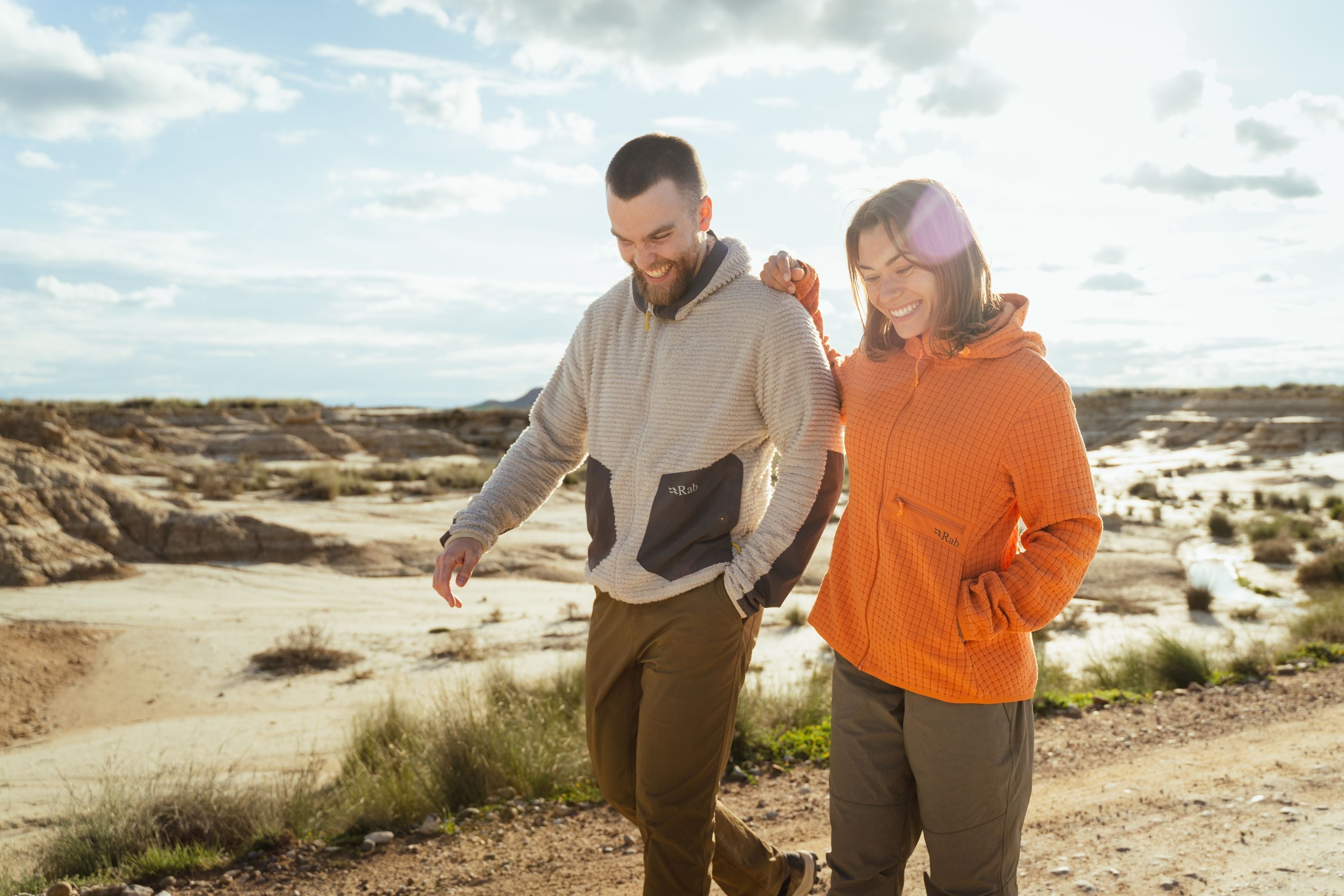
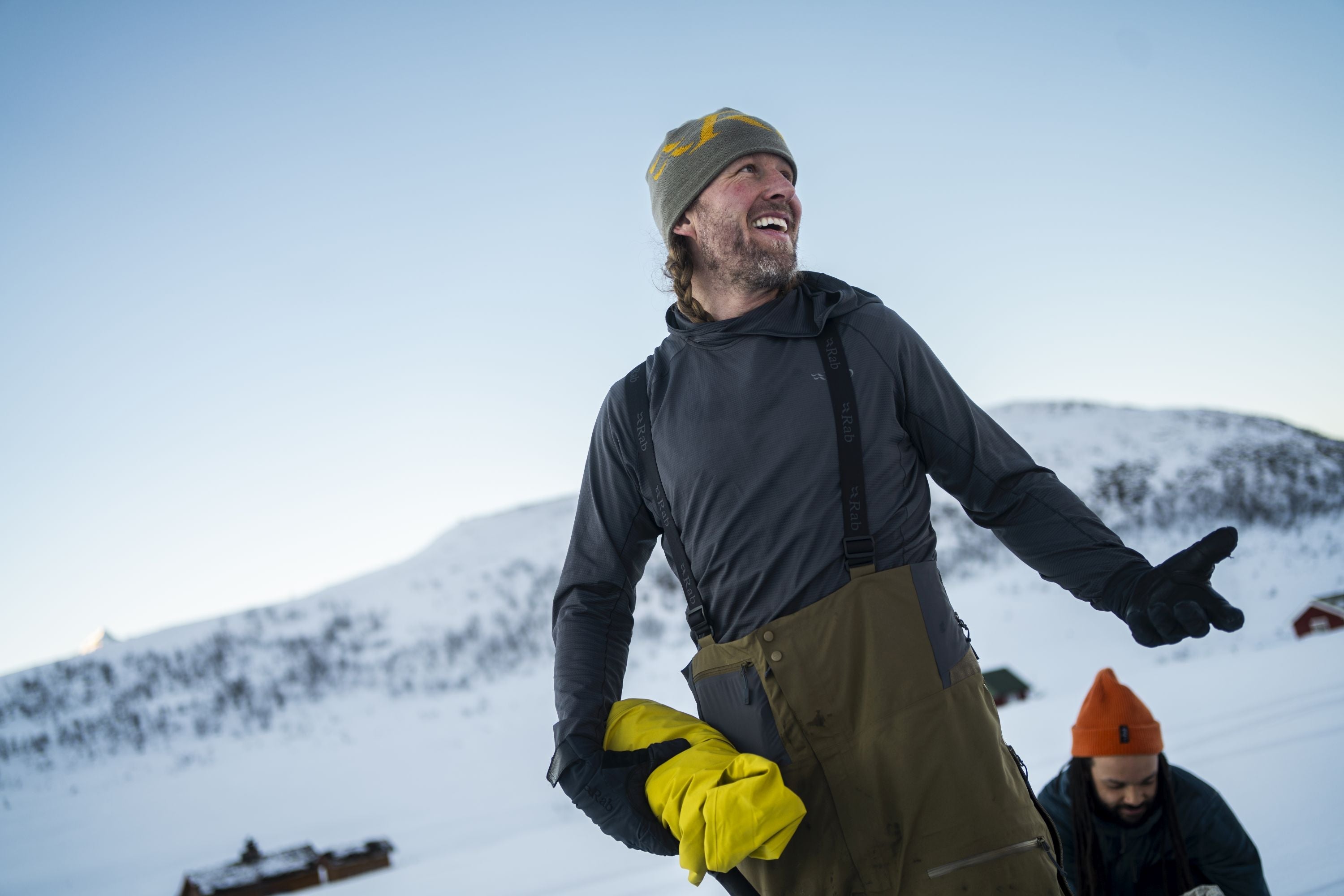
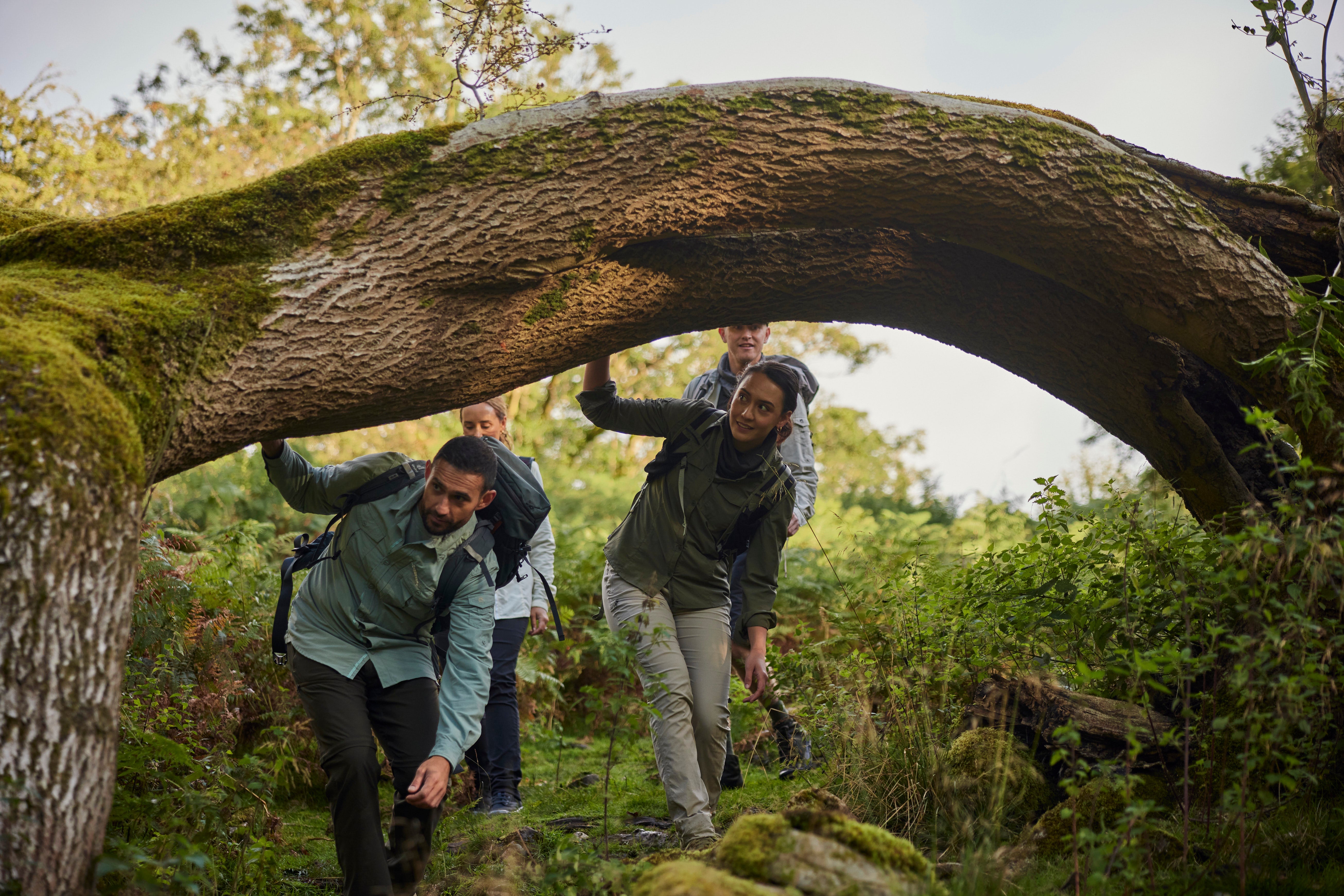
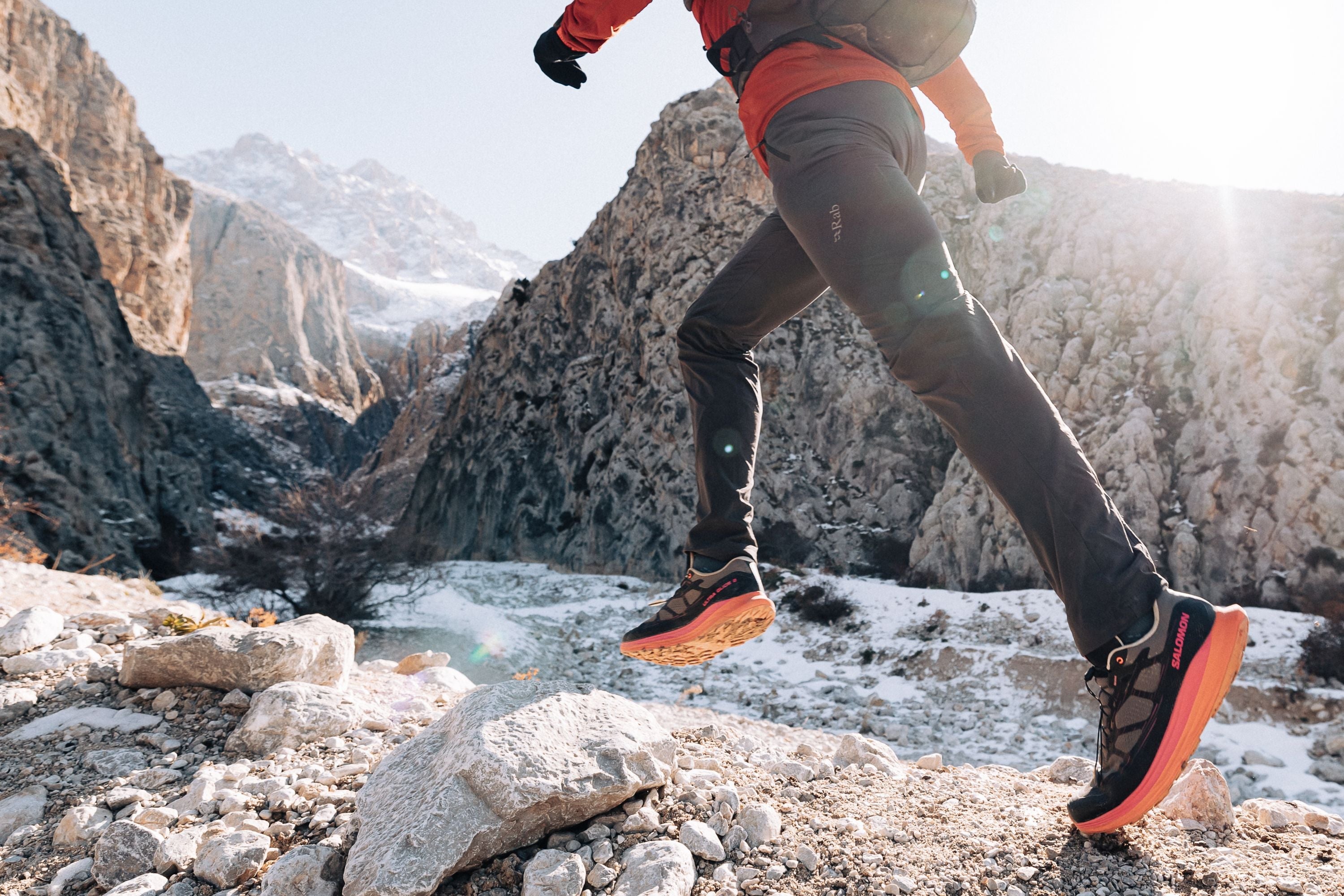
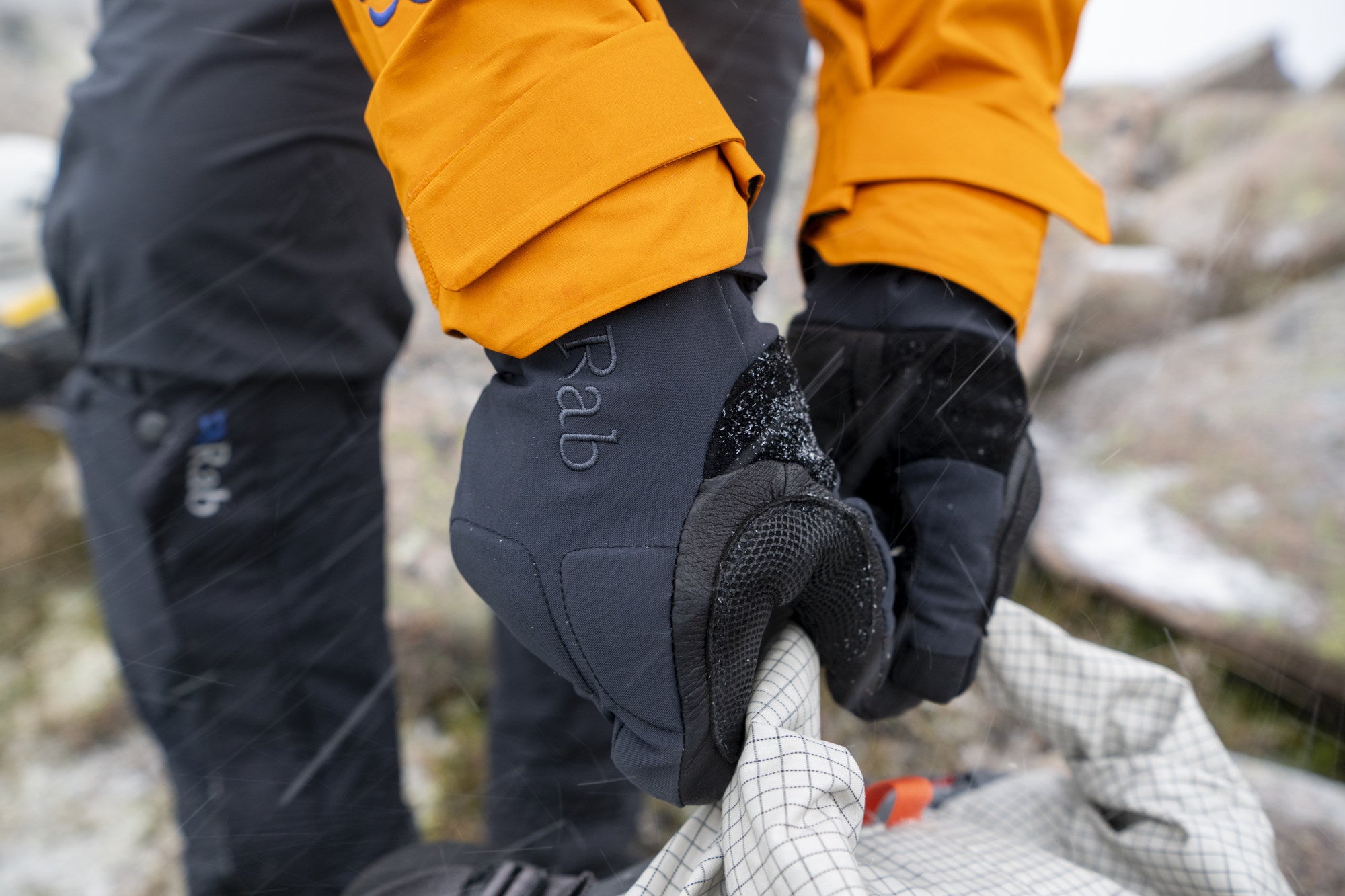
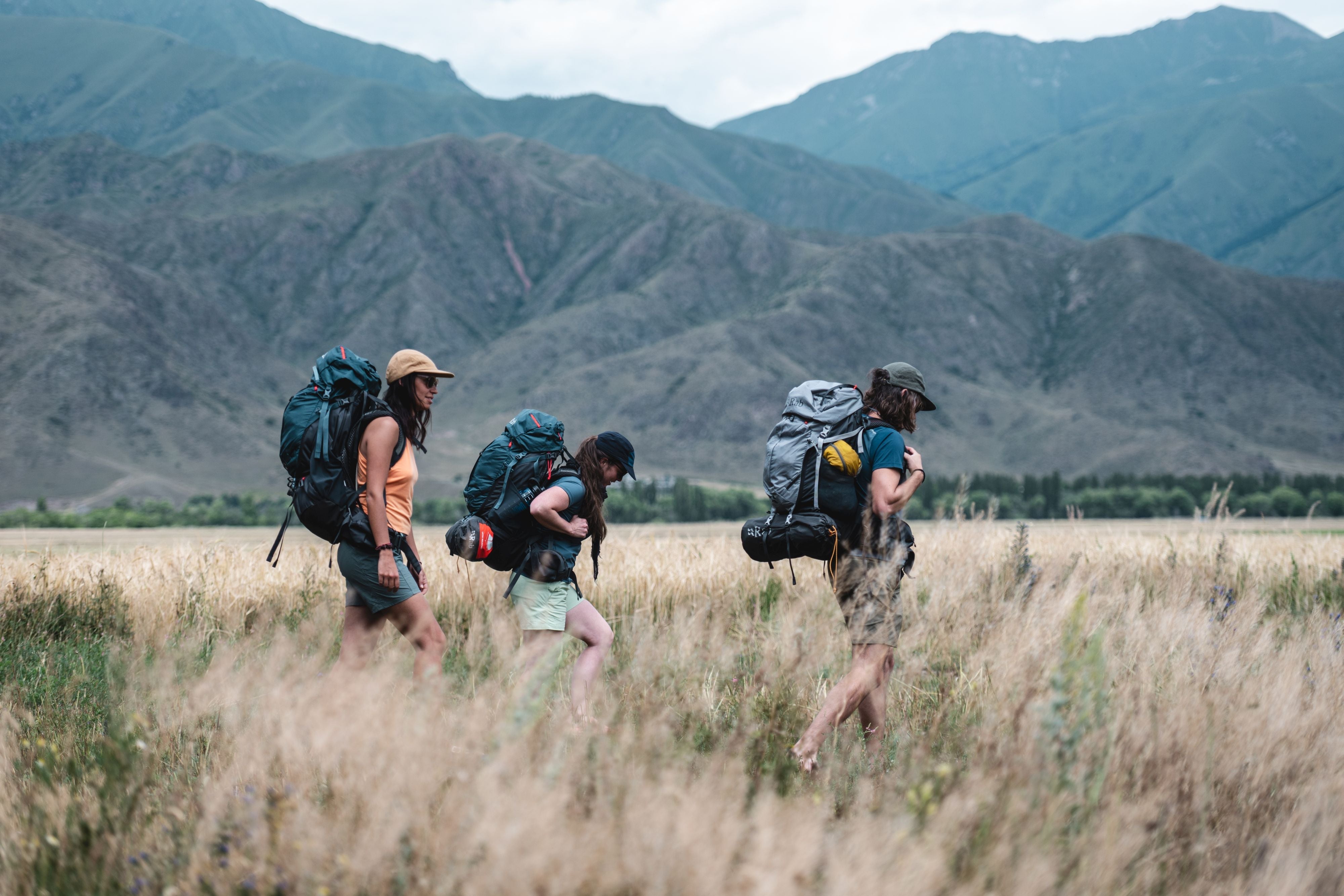
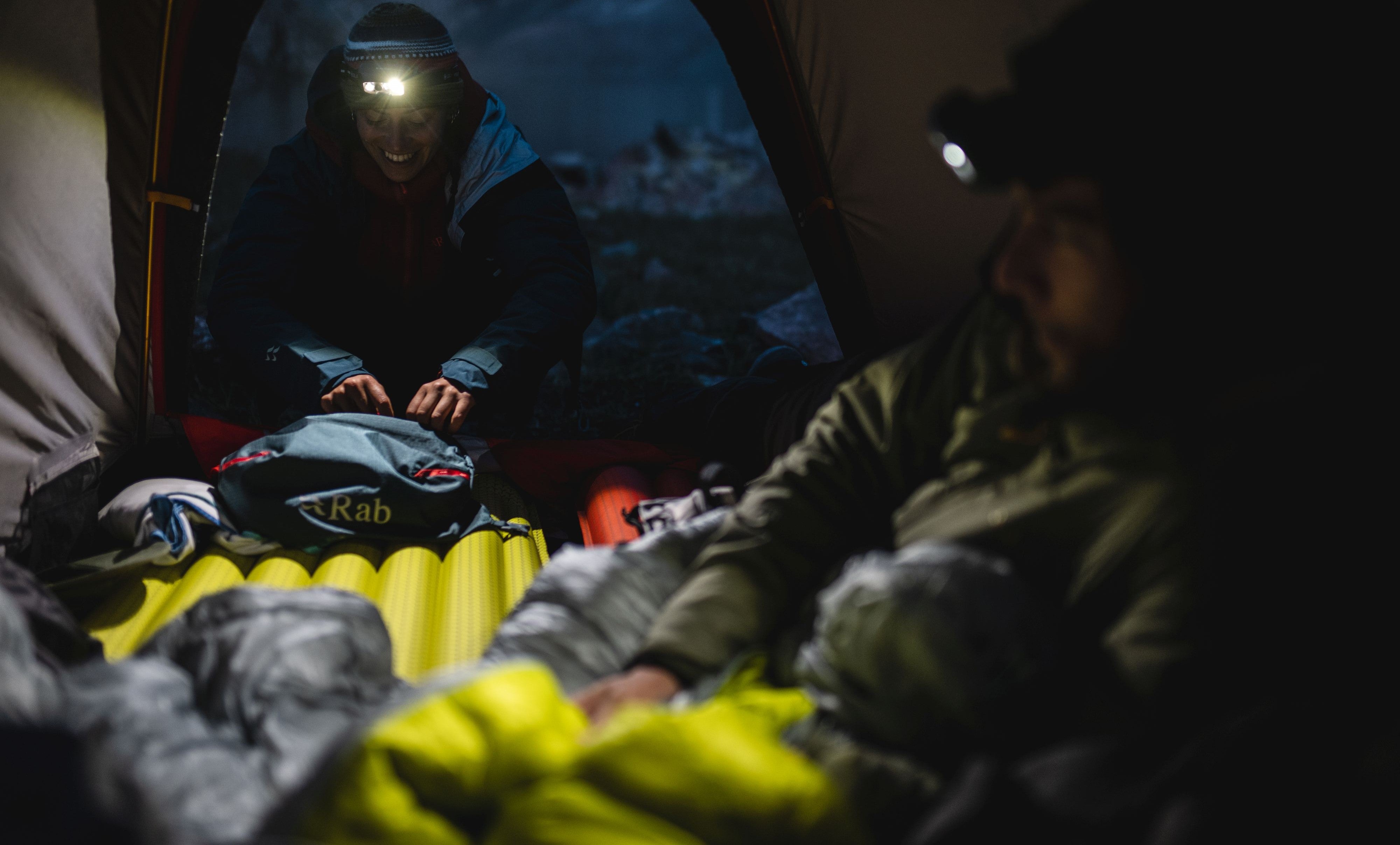
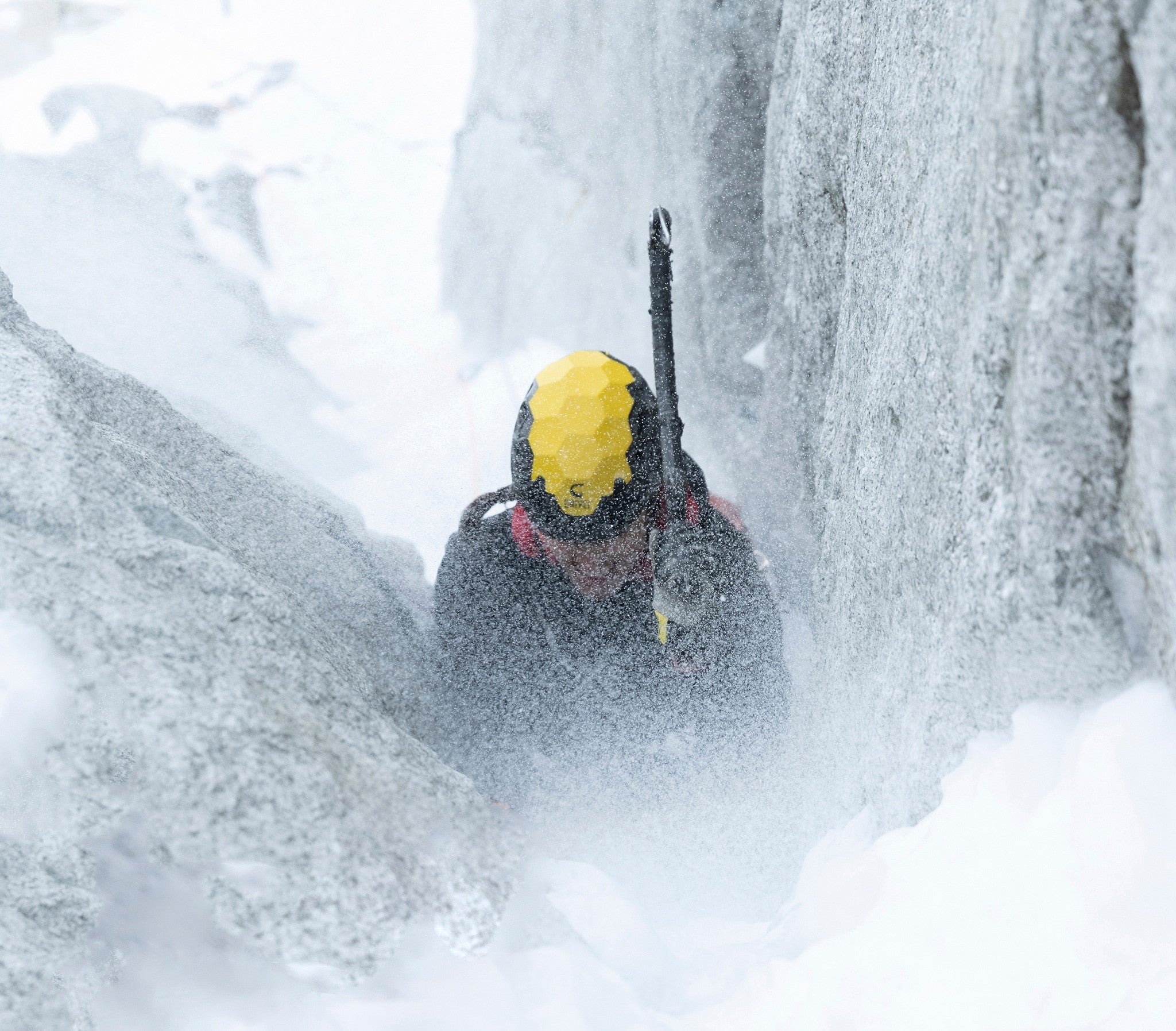


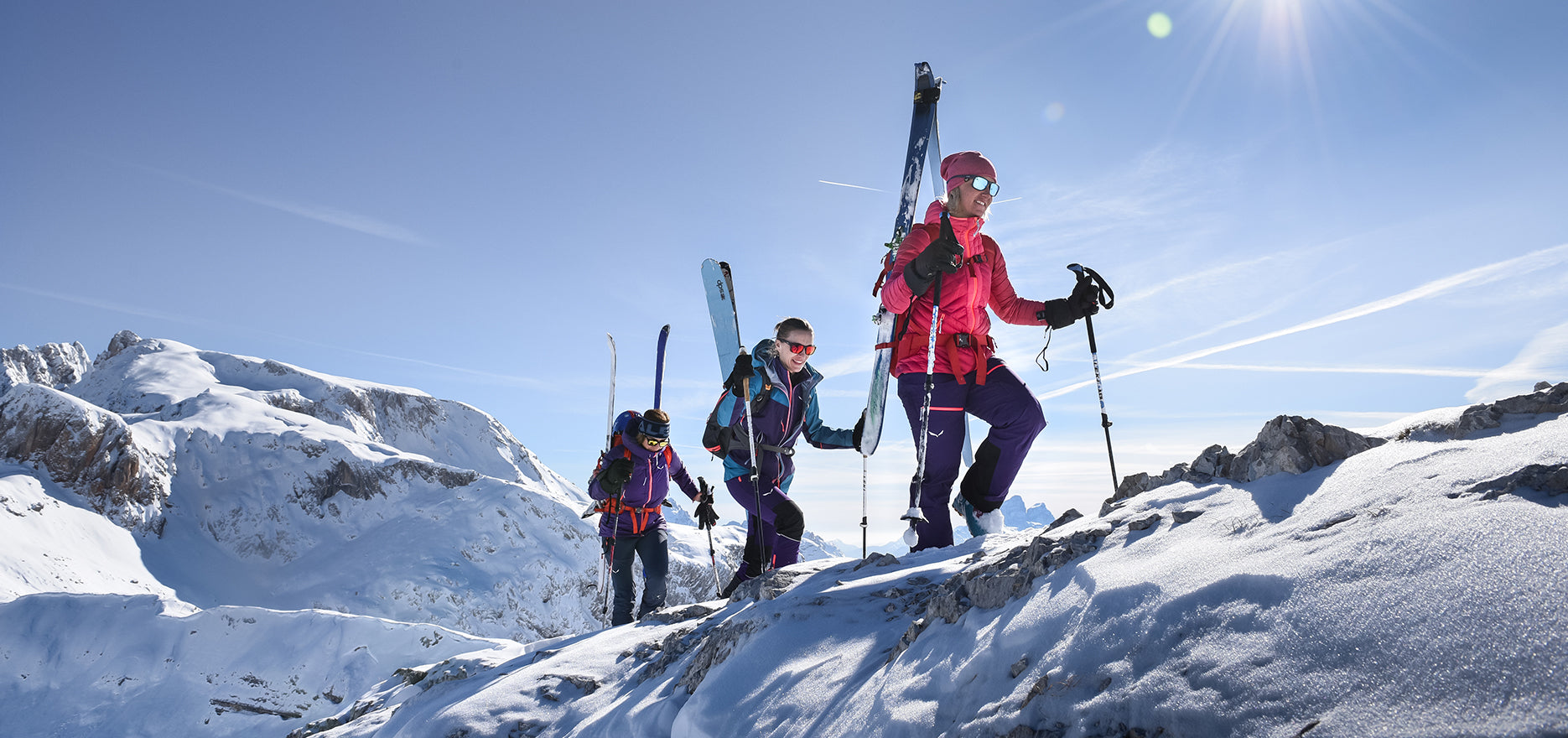
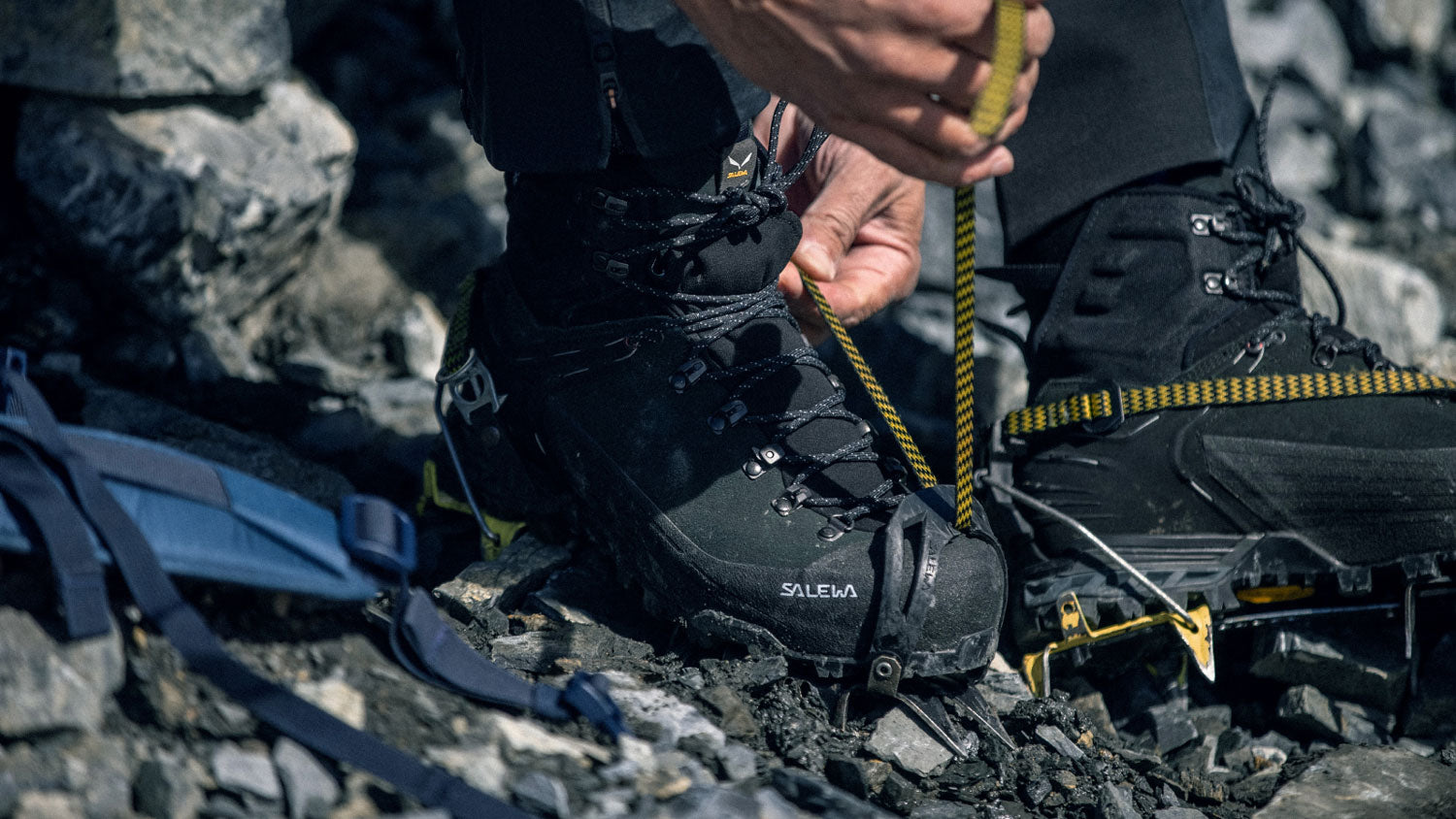
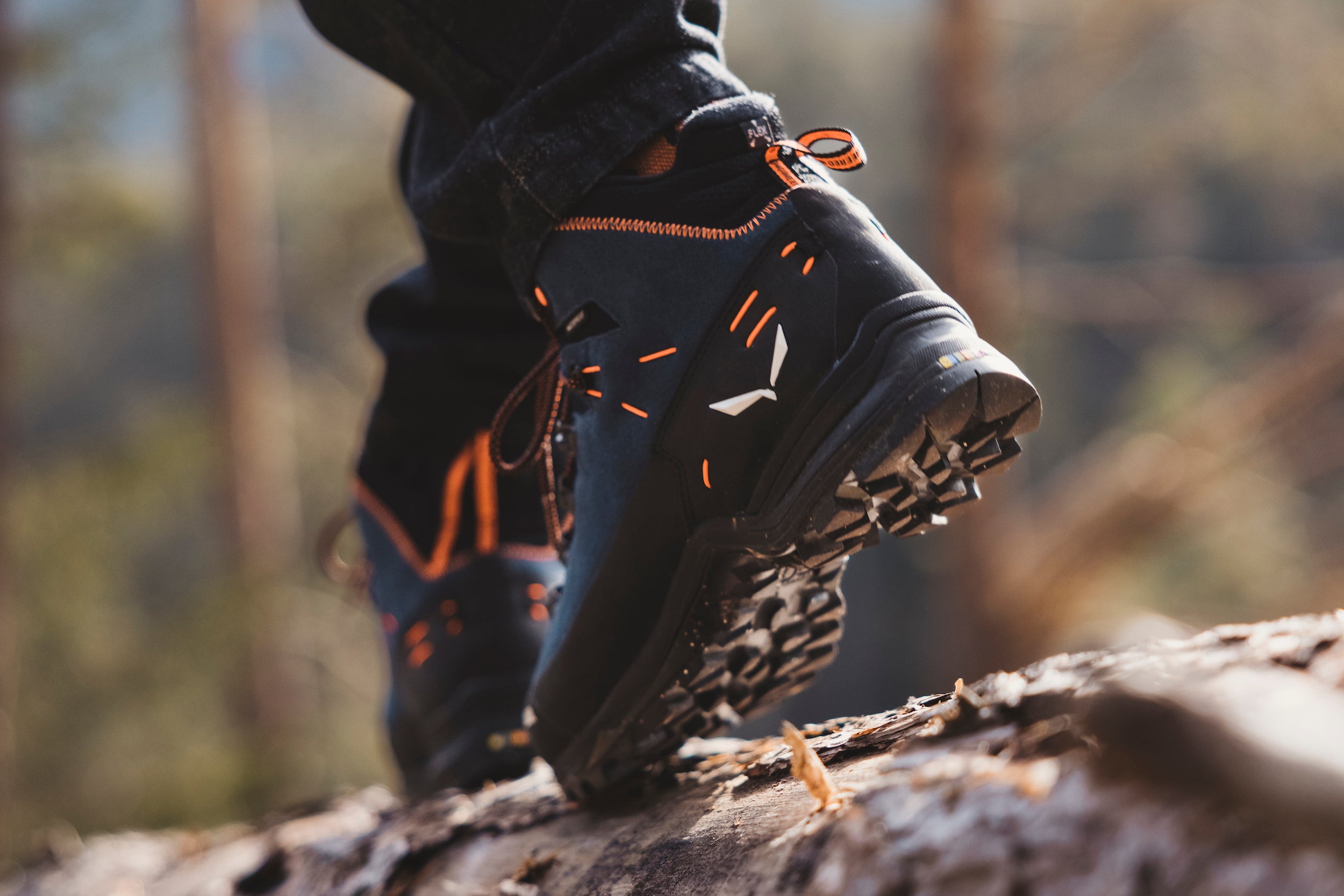
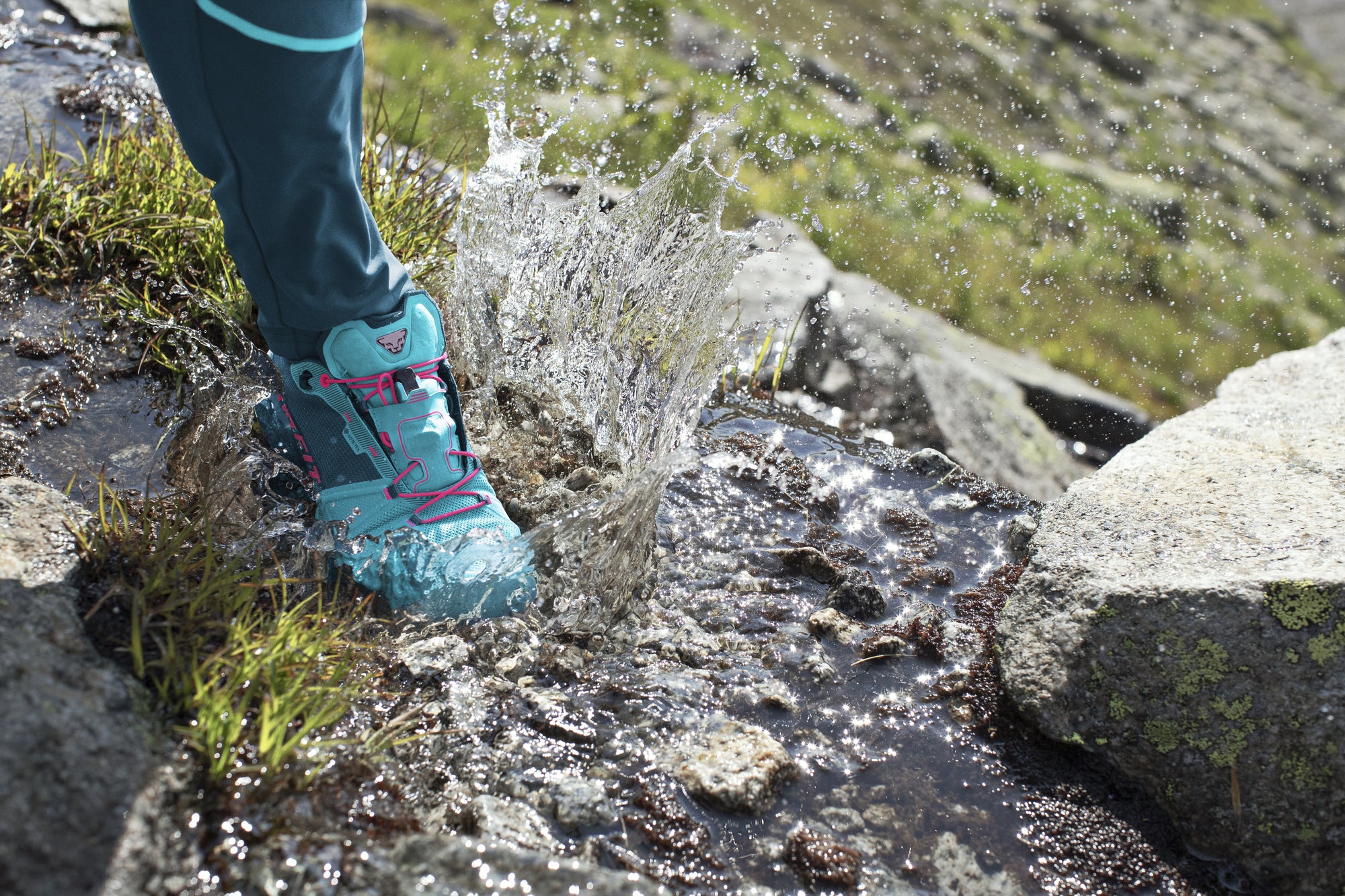
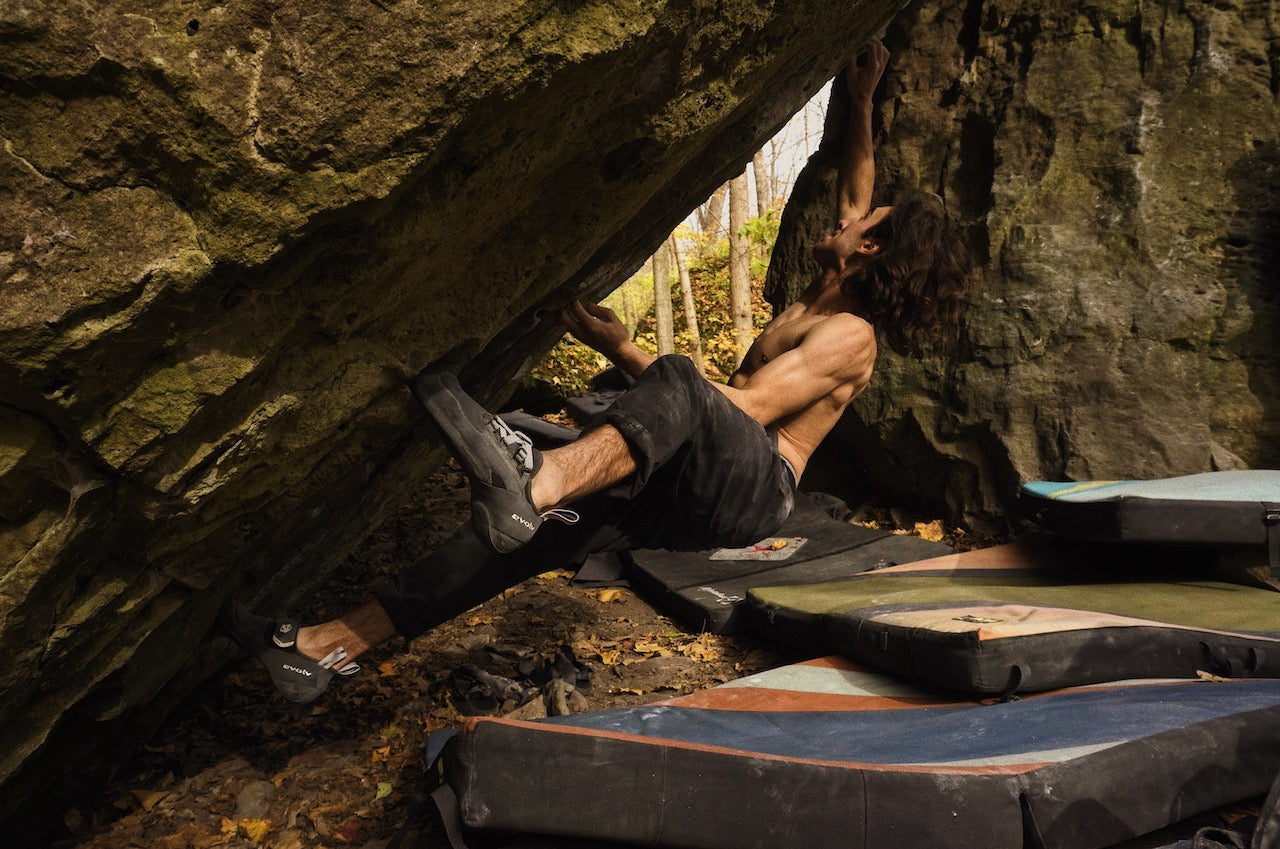
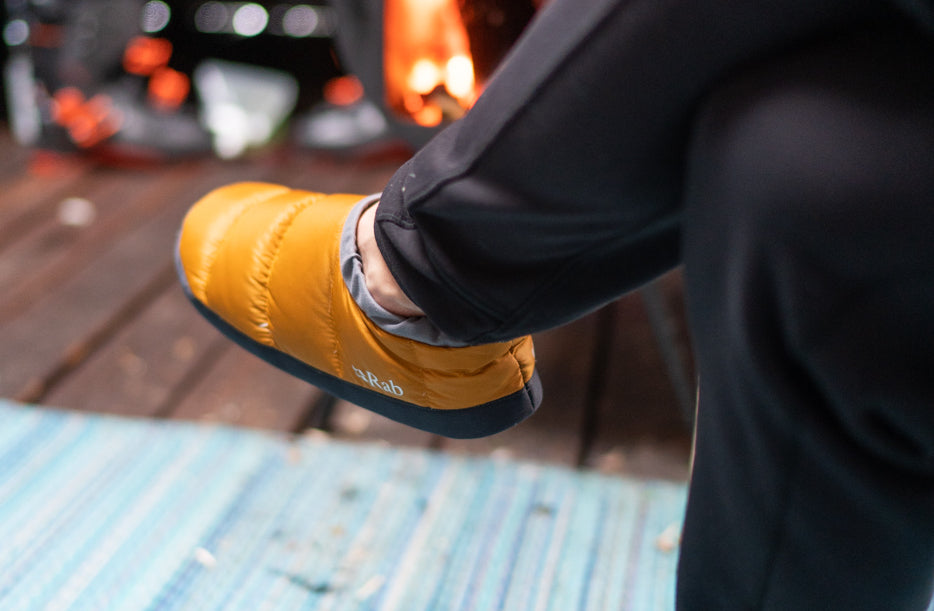
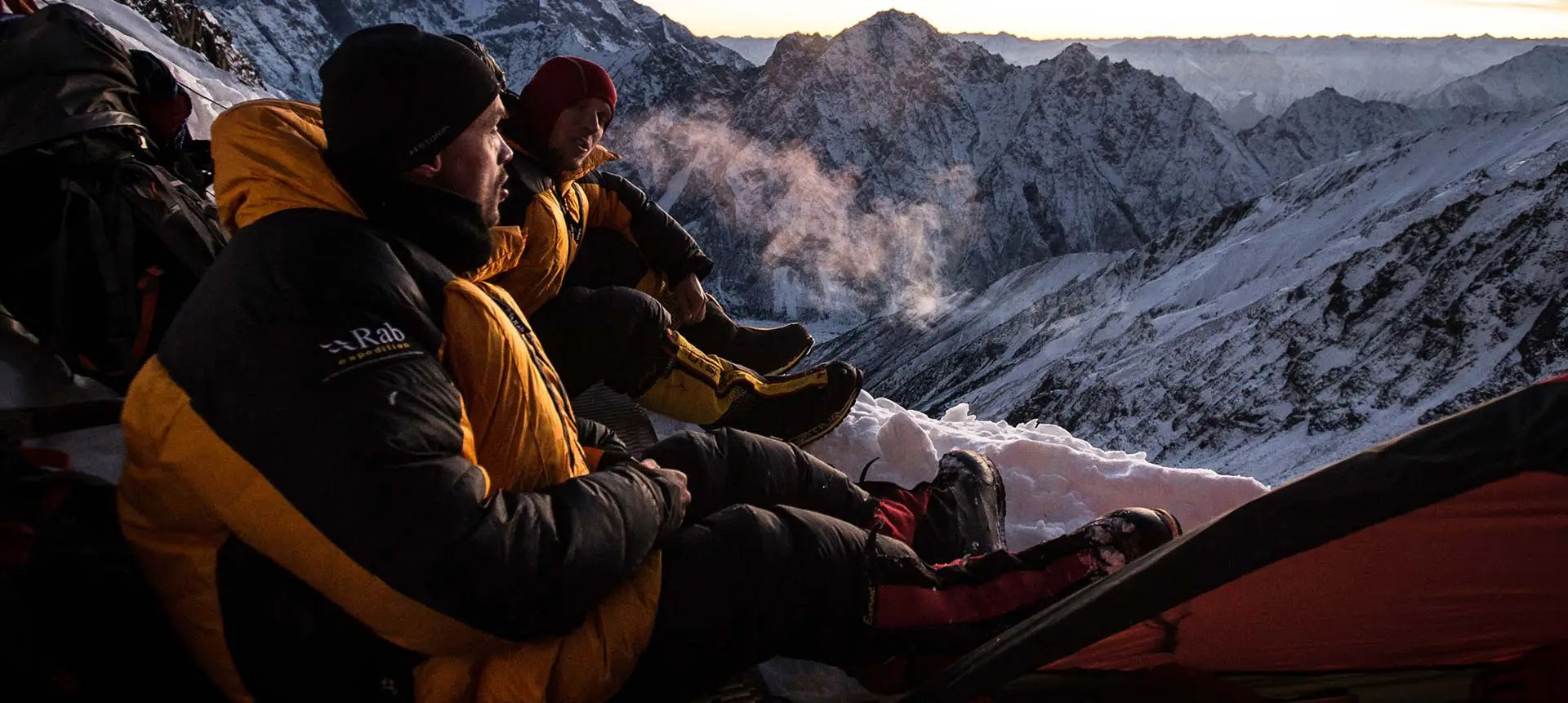

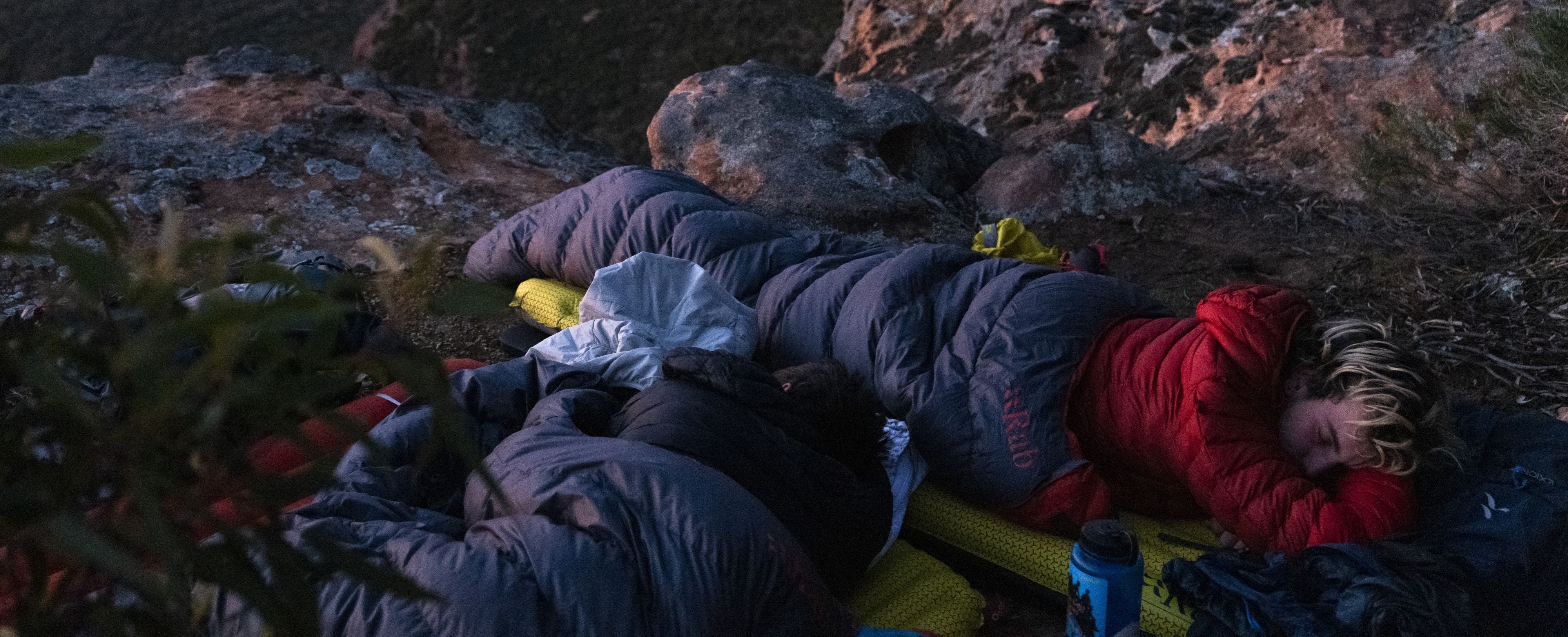
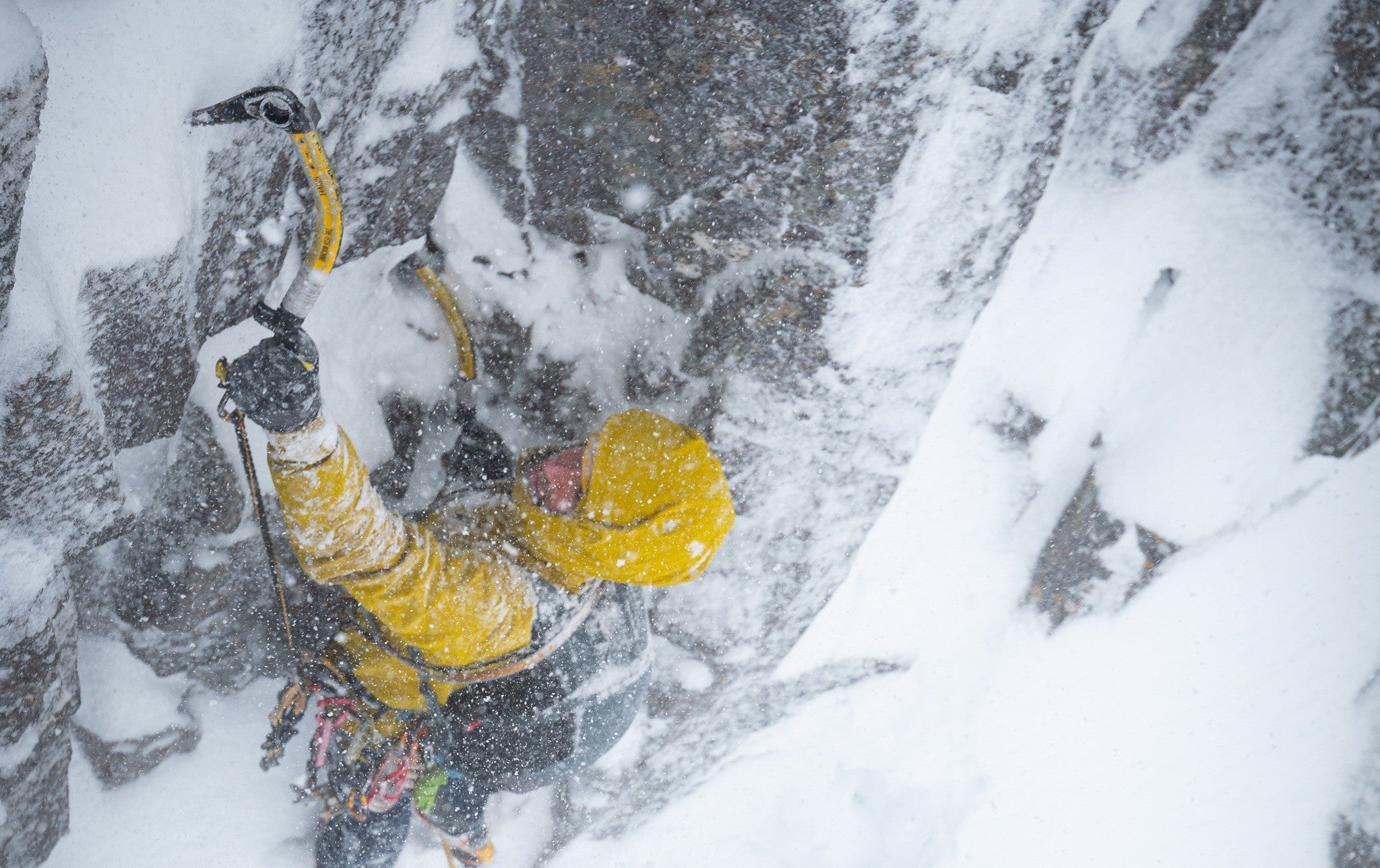
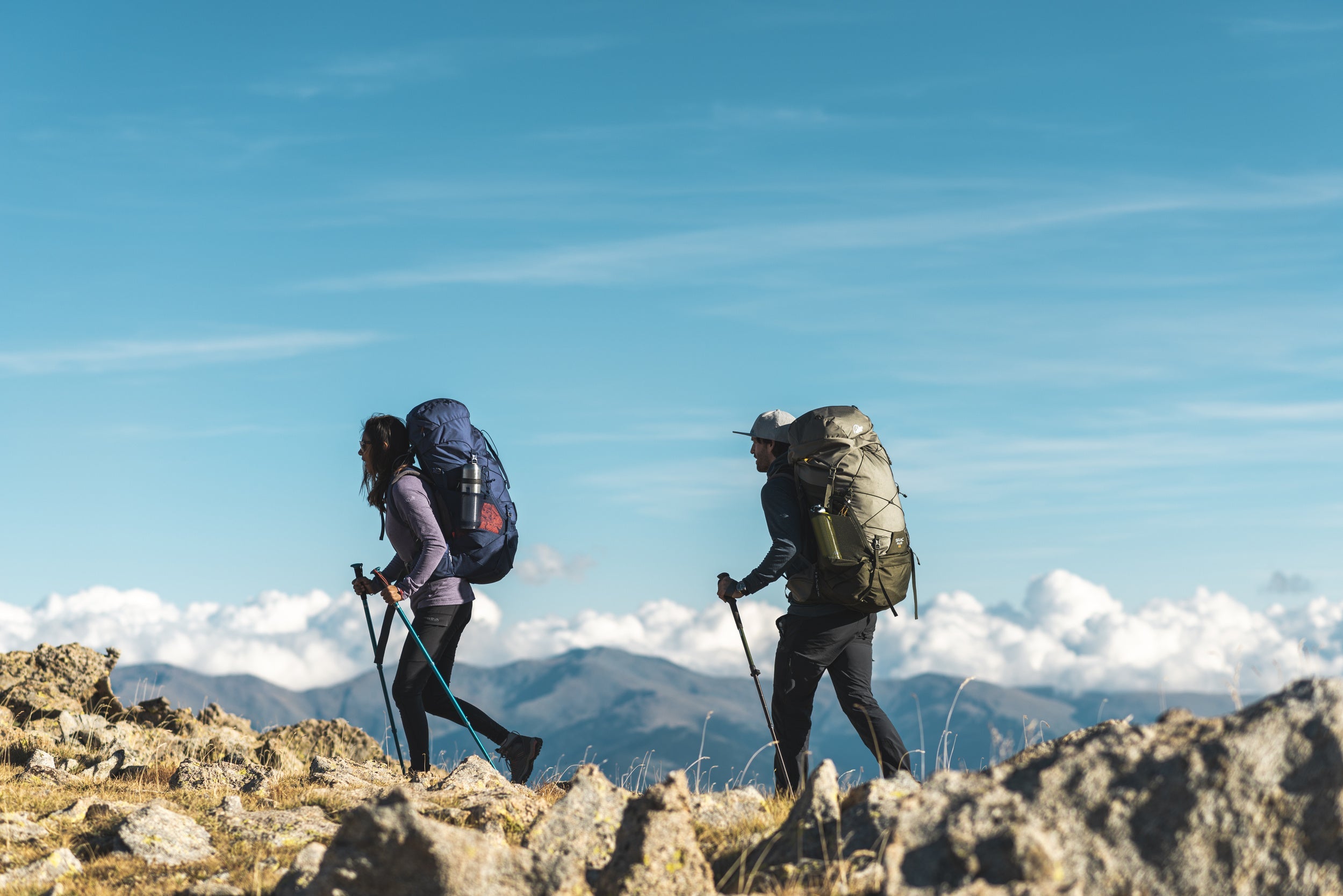



Leave a comment